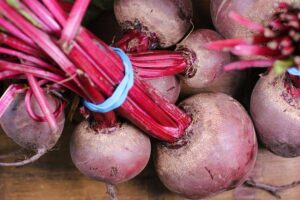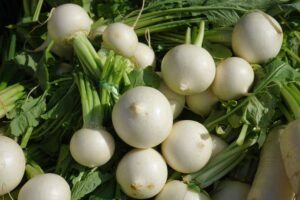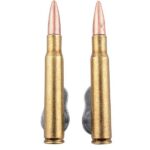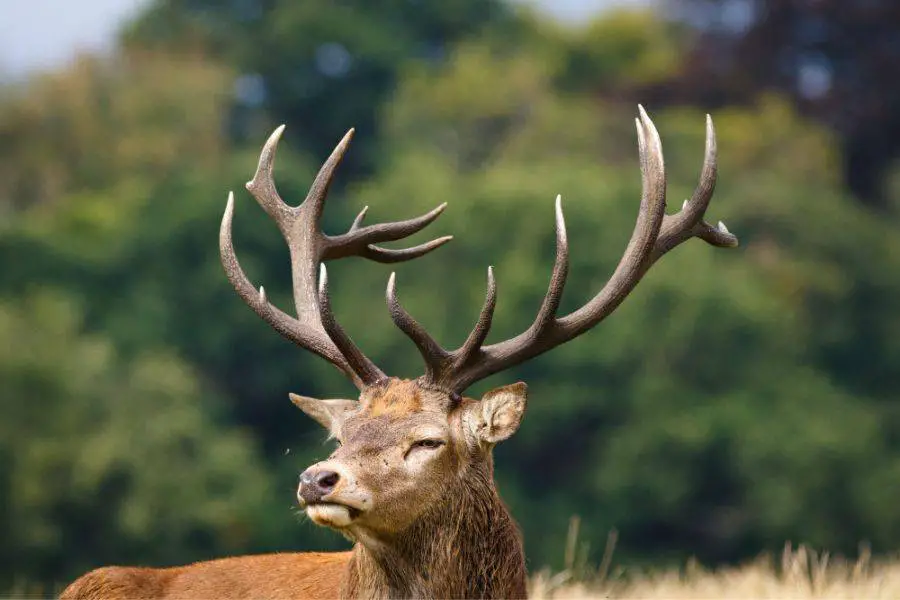Table of Contents
Deers eat a wide range of fruits, vegetables, leaves, starchy food, etc. Out of all deers’ food preferences, brassicas, turnips, and sugar beets stand out as their favorite.

However, the question people often ask these days is whether sugar beets are better than turnips for deer.
In this article, we’ve taken a broad look at these deer staples from different perspectives. We provide answers to burning questions about sugar beets vs turnips for deer.
Finally, we also share our own opinions on the topic. With that said, let’s take a deep dive into sugar beets vs turnips for deer.
Sugar Beets vs. Turnips for Deer
Before going into a detailed comparison of these two popular deer foods, let’s take a quick look at each staple.
We need to observe why deers are true to each. It’ll help us clearly see, from the perspective of the animals, how these foods stack against each other.
Sugar Beets for Deer
Sugar beets are one of the deers’ favorite staples. A simple reason for deer’s love for beets would be that it contains sugars and animals love sugar.
The leaves contain 10% – 30% sugar, which is something that deers can’t resist. It grows naturally in the world, especially in temperate regions.
However, humans have found a way to grow plants for hunting and agricultural purposes.
Growing the plant for hunting purposes and deer farming are the two basic purposes why people farm beets.
Whichever reason prompts your decision to grow sugar beets, you still have to follow farming best practices. planting is done in summer.
Sugar beets are mostly grown from seed and you can purchase beet seeds from any local agriculture store or order one online. The seeds come in bags with sizes varying according to prices.
Soils are tested before planting. After that, you need to prepare the land and conduct your planting.
Beets take a few months to grow. You don’t need much work as the plants are resilient.
Turnips for Deer
Turnips are another very rich deer staple. However, unlike sugar beets, deers don’t like turnip leaves. The reason is that the leaves are quite bitter.
Upon encountering turnips, deers often consume the roots first. On some occasions, they may nibble at the leaves before moving to another stand.
Growing turnips follow the same process as sugar beets. They are grown from seeds and planting is often done in the summer.
Deer also prefer to eat turnips in the winter when everywhere is covered in snow.
For hunting purposes, studies show that deers are more attracted to turnips plots during the winter when the ground is covered in snow. They tend to dig for the plants and consume the roots.
No one can clearly explain the reason for this behavior but it has been found to be the regular behavior of deer.
If your turnip plot is for your deer farm, you may not have to wait for your deer to find their way to the plot. Taking them there would be much easier than having them dig.
Comparison Of Sugar Beets And Turnips For Deer
Even though sugar beets and turnips have their independent appeals to deers, there are noticeable differences that give each an upper hand against the other.
Below are some of the obvious differences between sugar beets and turnips for deer.
Deer Preferences
Deer are more attracted to beets than turnips. Most deer farmers have reported that their deer don’t naturally accept turnips when it’s first introduced to them.
This problem may have resulted from the fact that turnips have bitter leaves. However, during frost when everywhere is covered in snow and there’s a shortage of green plants to feed on, deers are attracted to both sugar beets and turnips.
In summary, Deer would naturally love to eat beets more than they accept turnips.
Cost of Growing the Plants
Sugar beets are much rarer plants than turnips. The scarcity of its seeds makes it more expensive. Turnips on the order hand are readily available and the price is much more affordable.
When buying sugar beets, you can expect to pay an extra 10%-15% more on whatever you pay to purchase one pound of turnips.
Resilience and Resistance to Pest
Turnip and sugar beets are resilient plants. They are often capable of surviving the harness of the frost that buries them under the ground for days.
Nutritional Values of the Plant
If you are a deer farmer, you may be more inclined to think of the nutritional values of both plants.
Sugar beets contain a large amount of sugar in the leaves and roots. It also contains sizable amounts of calcium, vitamins, iron, protein, and starch.
Turnips also are rich in magnesium, potassium, vitamins, folate, calcium, and phosphorus.
The presence of a larger percentage of protein in sugar beets is the core nutritional advantage it has over turnips.
Also, turnips offer more calcium nutrients to the deer than sugar beet. Therefore a combination of the two plants can supply a large number of nutrients that the animals need to develop healthy flesh and bones.

Which Food Is Best for Deer, Sugar Beet, or Turnip?
Sugar beets have several advantages over turnips. The only downside you may notice with sugar beets is the cost.
Most reviewers who’ve shared their opinions online have said they’ll prefer sugar beets over turnips.
The most obvious reason is the fact that it’s easier to get farm deer to eat sugar beet than it is to get them to eat turnips. Besides that, it offers some critical nutrients that are not available in turnips.
What Do We Think of Sugar Beets vs Turnips?
After hours of research and personal experience on this subject, the ideal answer would be that neither of the two deer staples is better than the other.
They are both nutritious, they are easy to plant. Both plants offer immense nutrients to deer. Therefore, both plants are advantageous.
However, going by ease and interest from deers’ perspective, we’ll vote for sugar beets over turnips.
We also suggest that farmers think of combining the plants as feed for the animals to get the best result from the ration.
Hunting plots can opt for a mix of the two plants as well. It offers a larger probability that you’ll have enough plants to last throughout the hunting seasons.
Deers would be out looking for food and once they discover your plot, they’ll keep coming. Having beets alone could mean they’ll finish it before you even get around to hunting them.
However, when these plants are combined, there’s an increased chance that you’ll have more than the deer can consume.
Conclusion
Nowadays, people have shifted their interest from deer hunting to deer farming. If you are considering hunting or farming deer, your priority would always be the kind of food that attracts deer.
Farmers have to figure out what offers the best nutrients to the animals and hunters have to keep in mind that it’s not just about providing food. It must attract the animals to your plot.
The article has shed light on the crops and we’ve provided our opinion on the best way to take advantage of the crops.





